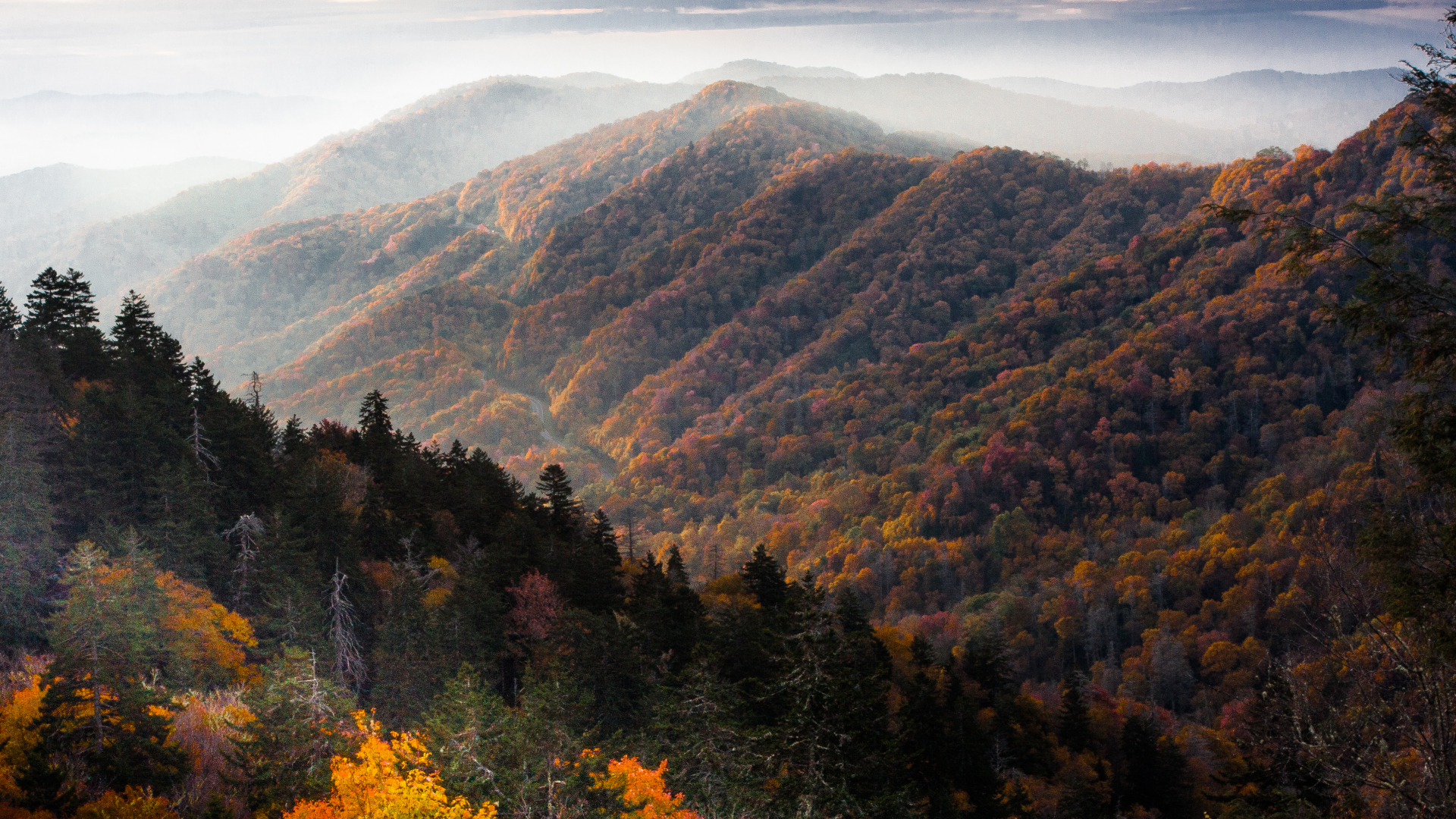
Every year when data surrounding visits to US National Parks is published, there’s one clear winner: Great Smoky Mountains National Park. With as many as 12 million visitors each year, this park comes in lightyears ahead of the next busiest parks – Grand Canyon, Zion and Rocky Mountain which see less than five million annual visitors. But why is it so popular? After all, it lacks the sandstone towers of Canyonlands or the breathtaking geysers of Yellowstone.
Well, for starters, location is everything. This forested park straddles the border between North Carolina and Tennessee, sharing its vast 522,000 acres roughly equally over the two states. This places it within a day’s drive of about two-thirds of the US population, which makes it an appealing road trip in a country that loves to drive. It’s also one of the National Parks that’s free to visit, which is definitely a bonus, but if we’re being honest, convenience and cost are far from the whole story.
Read on for nine fascinating facts about Great Smoky Mountains National Park that will convince you this park is worth a visit.
1. It’s home to some of the oldest mountains in the world
The Smokies, as they’re affectionately known, are a sub-range of the Appalachian Mountains, and are one of the oldest mountain ranges in the world, according to the US Geological Society. The oldest rocks here are over a billion years old, while the newer mountains were formed between 450 and 540 million years ago as sediment deposited by rivers and streams. Compared to the Rocky Mountains then, they're positively ancient, and there are plenty of fossils to prove it – fossils found in limestone rocks in Cades Cove are about 450 million years old.
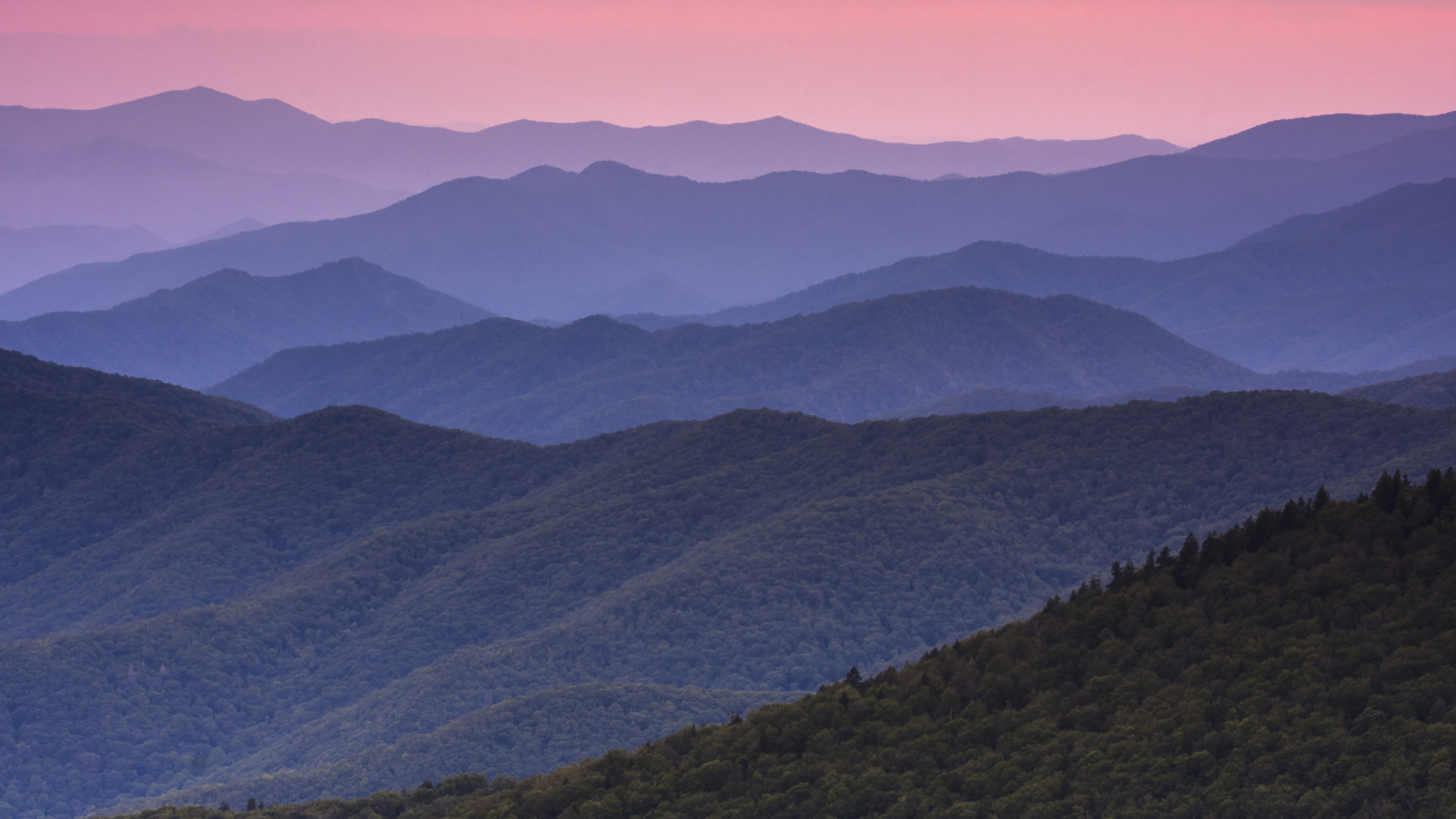
2. It’s great for fishing
According to the National Park Service, Great Smoky Mountains sees about 85 inches of annual rainfall in its highest area of Clingman’s Dome. This moisture feeds 2,900 miles of mountain rivers and streams, and fishing is permitted during daylight hours with a valid license in all of the 800 miles of steams that have fish. These waters house 67 species of fish, including minnows, suckers, bass, and trout – so remember your fishing line.
3. That smoke isn’t smoke
The Smokies are so-named for the constant haze that shrouds them, but don’t worry, that’s not the lingering effect of a nearby wildfire. As the National Park Trust explains, the cool temperatures and moist conditions generate low-bearing clouds, and these clouds keep plants in the park damp which causes them to emit Volatile Organic compounds. These VOCs are an organic chemical reaction that creates the hazy effect – the very same ones that make the Blue Mountains blue – and protect the park’s ecosystems from heat and UV rays.
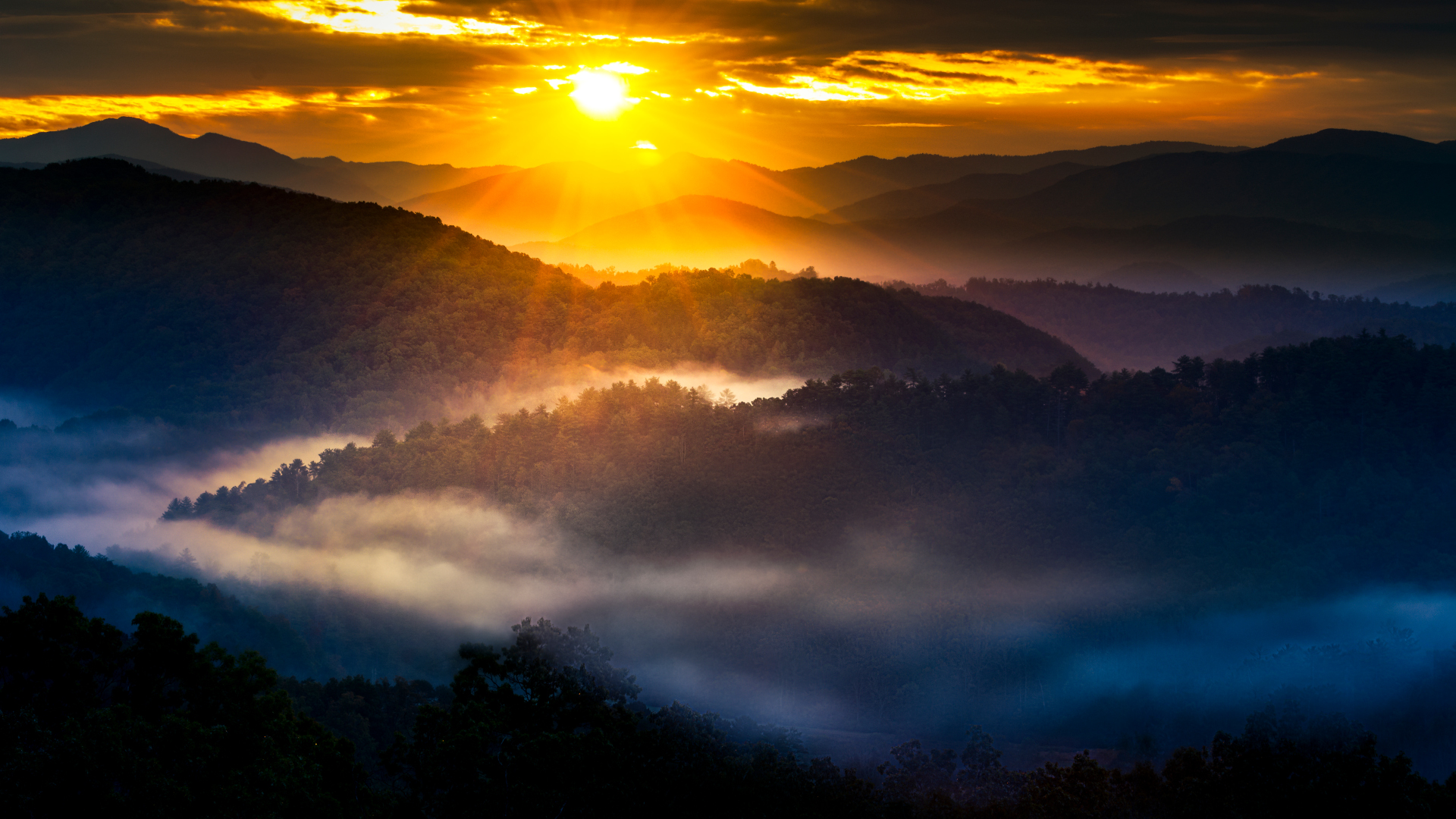
4. It’s a rainforest
Speaking of cool temperatures and humidity, did you know that the Great Smoky Mountains qualifies as a rainforest? Though it gets warm in the summer, it rarely gets above 80 degrees and cool nights and high humidity mean the area is considered a temperate rainforest. The summertime sees lots of sun, but it’s always a good idea to pack a waterproof jacket for your visit.
5. It’s a hiker’s paradise
If it’s time on the trail you seek, the park boasts 848 miles of hiking trails including a 74-mile section of the iconic Appalachian Trail. The hiking app AllTrails has some 355 miles in the park for you to explore. Thanks to deciduous forests and an abundance of seasonal wildflowers, the views change throughout the year and you can hike here year-round. Pack your best hiking boots and download the park’s trail map before you go.
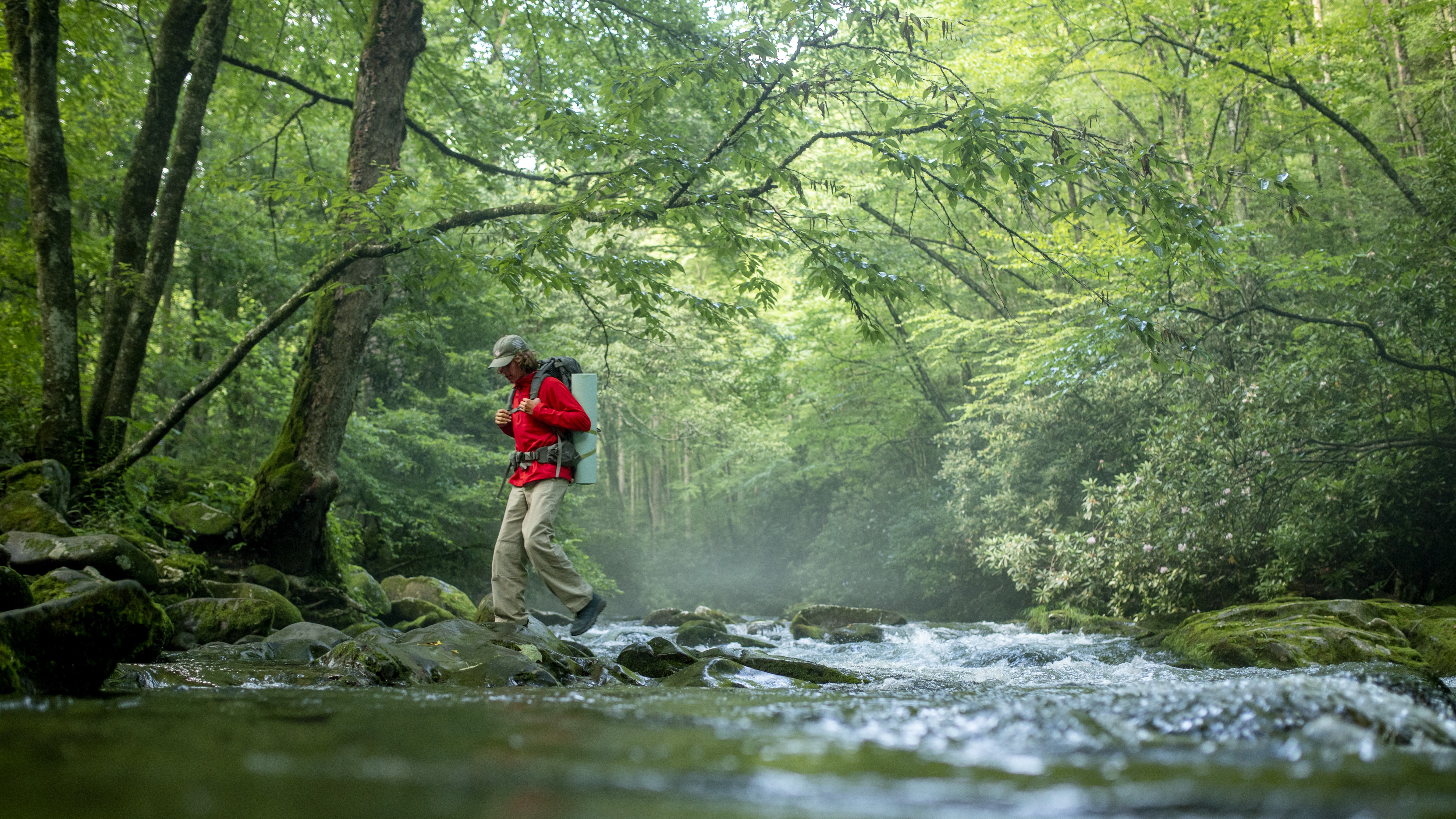
6. It has more black bears than any other National Park
If you’re planning on exploring some of those hiking trails, you’re advised to carry bear spray, and that’s because Great Smoky Mountains has more black bears than any other US National Park. With a population estimated to be around 1,900 by biologists (at least four times more than Yosemite) that inhabits all areas of the park, you have a good chance of encountering one of these beasts in the wild, so have your binoculars at the ready and make sure you know what to do if you meet a bear.
7. It’s the Salamander Capital of the World
Though black bears hog a lot of the spotlight, there are plenty of tiny creatures to get excited about in the park too, including its population of amphibians known as salamanders. Known as the "Salamander Capital of the World," the park is home to over 30 different species of salamanders, including 24 lungless species that “breathe” through their skin. Keep your eyes peeled as you adventure in and around streams, rocks, logs and in the forests.
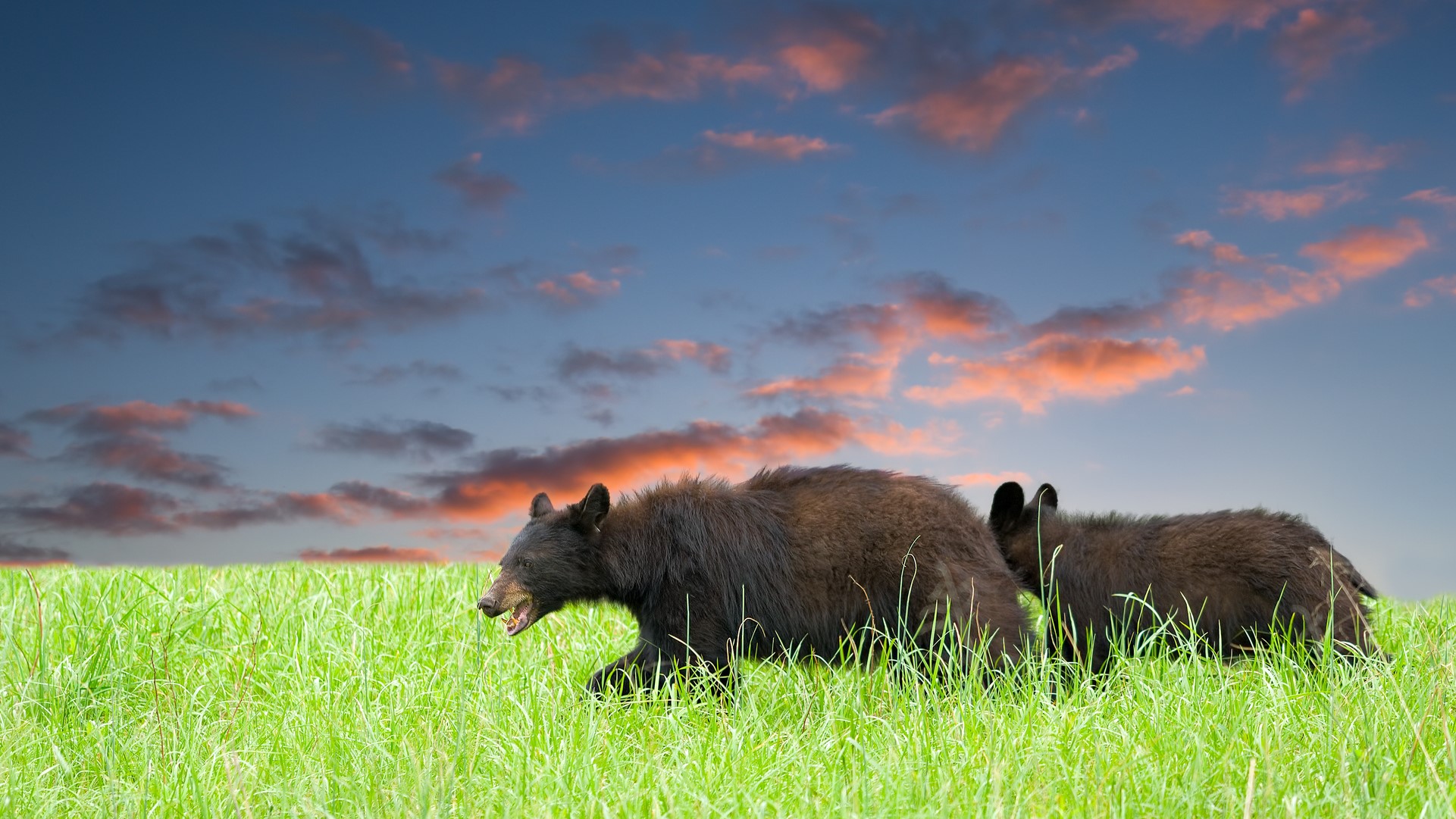
8. It’s the most biodiverse National Park
Great Smoky Mountains National Park might be a short drive from urban centers like Atlanta and Cincinnati, but within its gates lies one of the most diverse areas of plants and animals on the planet. Nature viewing is certainly a major attraction at just about every US National Parks, but nowhere will you experience more diversity of flora and fauna than at Great Smoky Mountains.
The park is home to over 19,000 documented species of plants and animals and counting. If it’s wildlife viewing you’re interested in, there are 67 mammal species in the park from the tiny rare Pygmy shrew all the way up to coyotes and bobcats. Look to the trees for hundreds of species of birds like the Scarlet Tanager and read up on wildlife safety before you set off.
9. It’s a UNESCO heritage site
In 1983, Great Smoky Mountains National Park was selected as one of the first UNESCO World Heritage Sites due to its outstanding beauty and astonishing biodiversity. This places it in the same league as sites like the Taj Mahal, Galapagos Islands and Stonehenge, and is a sure stamp of approval for this wonder-filled park.







